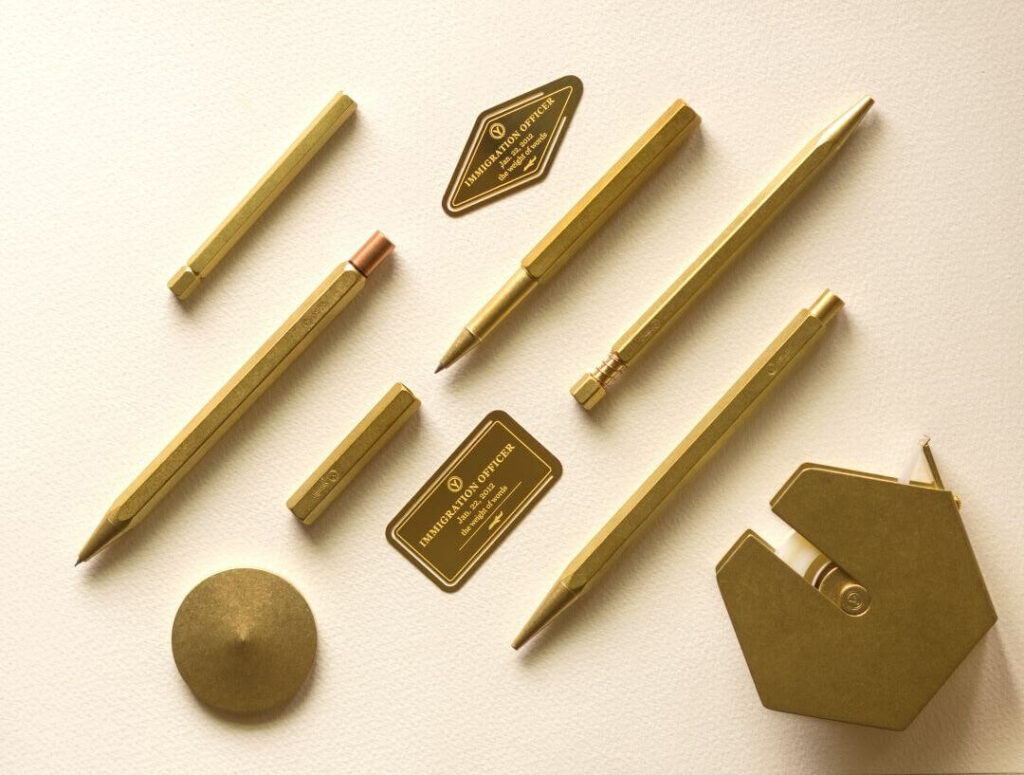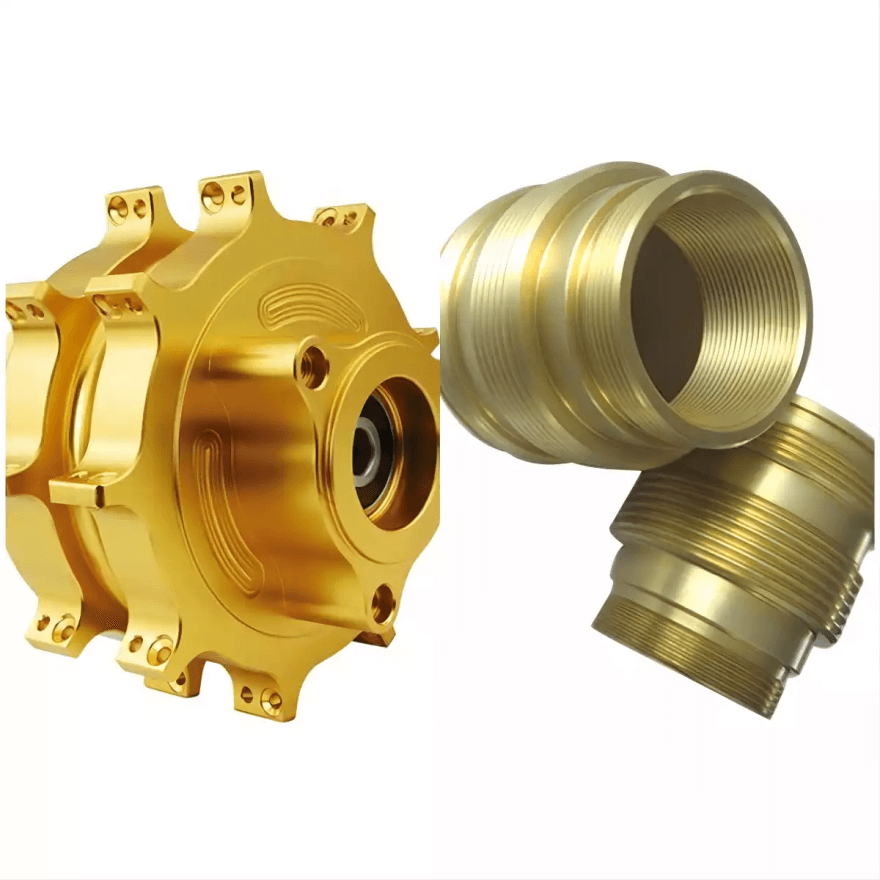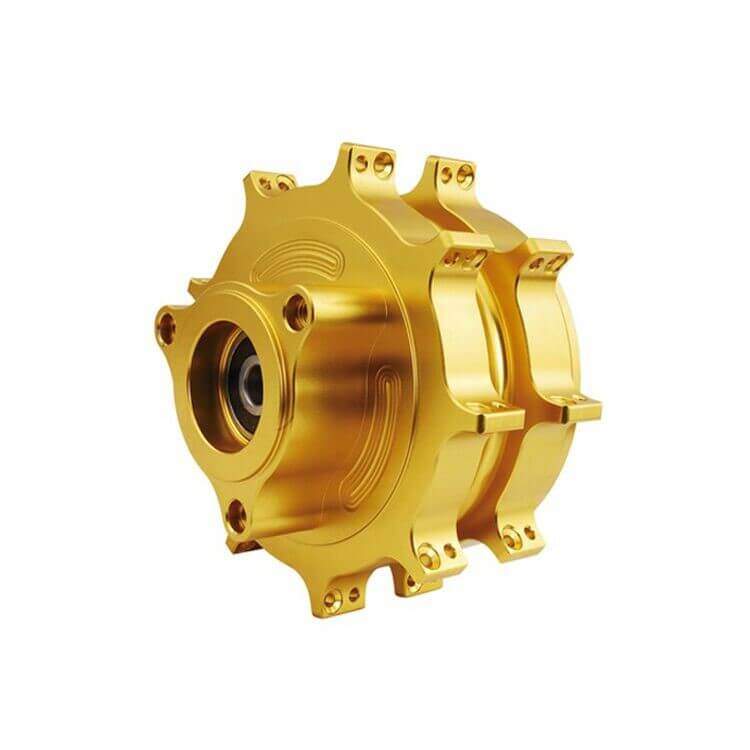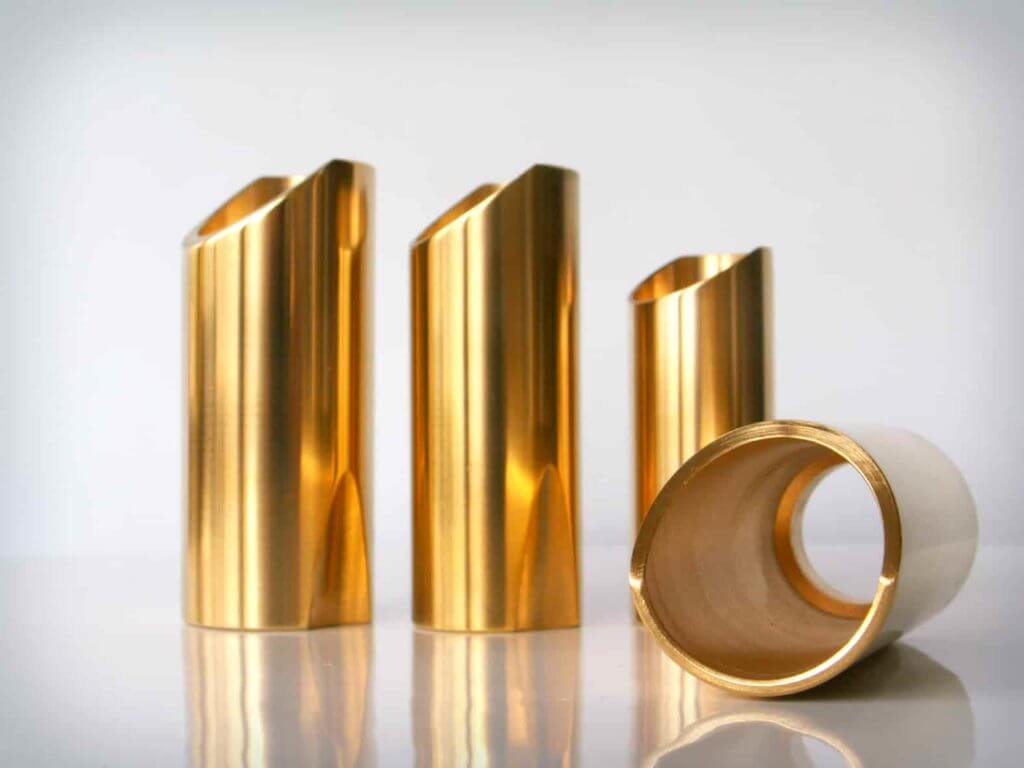The Basics of Bronze and Brass and Their Applications
Bronze generally has a higher density than brass, making it heavier and suitable for applications that require durability and stability. Brass, on the other hand, is lighter in weight and is often chosen for its ease of machining and excellent acoustic properties, making it ideal for musical instruments and decorative items. At Xavier CNC Machining Center, we consider these differences in density and weight to recommend the best metal for each specific application.
1.Understanding Bronze and Brass
At Xavier, we specialize in CNC machining and have extensive experience machining a variety of metals, allowing us to gain in-depth knowledge of the unique physical properties of bronze and brass.
2.Composition of Bronze and Brass
Both bronze and brass are copper-based alloys, but they differ significantly in their secondary components. Bronze is primarily an alloy of copper and tin and has been used since ancient times for its hardness and durability. On the other hand, brass is made of copper and zinc and has ductility and a bright golden appearance. These differences in composition affect not only their physical appearance, but also their mechanical properties, including weight.

3.Physical Properties Affecting Weight
The weight of a metal alloy is directly affected by its density, which in turn depends on the types of metals used in the alloy and their respective quantities. The presence of tin in bronze generally makes it denser than brass, which contains the lighter element zinc. Understanding these properties is critical for applications where weight is a factor in material selection.
4.Weight of Bronze vs. Weight of Brass
When comparing the weight of bronze and brass, their densities must be considered, as this is a key factor affecting the weight of each of the same volume of material. Below is a simple comparative analysis based on their typical densities:
1) Comparing the Density of Bronze and Brass
Bronze is denser than brass and is suitable for heavy-duty uses; brass is lighter and is well suited for musical instruments and decoration.
2) What Determines the Density of an Alloy?
The density of an alloy depends on its composition – the type and amount of metals used. The atomic mass of tin (in bronze) is higher than the atomic mass of zinc (in brass), which generally results in a higher density for bronze. This is critical for applications where durability and weight are important factors, such as in the construction of statues or historical markers.
3) Density Measurement of Bronze vs. Brass
① Density Comparison
Bronze: Typically has a density of 8.8 to 8.9 grams per cubic centimeter.
Brass: Usually has a lower density, usually about 8.4 to 8.7 grams per cubic centimeter.
②Weight calculation example
To illustrate how density differences affect weight, let’s calculate the weight of one cubic centimeter of each metal:
Weight of bronze (per cubic centimeter):
Weight=Density×Volume=8.9 grams/cm3×1 cm3=8.9 grams
Weight of brass (per cubic centimeter):
Weight=Density×Volume=8.7grams/cm3×1cm3=8.7grams

5.Bronze hardness vs. brass hardness
Hardness is a key factor in choosing a metal for a specific application. Bronze contains tin and tends to be harder than brass. This property makes it more wear-resistant and suitable for bearings, clips, electrical connectors and springs. Brass is softer and easier to process, and is often used where low friction is required, such as locks, gears and valves.
6.Practical applications based on weight and strength
At Xavier CNC Machining, we match metals such as brass and bronze to their applications based on weight and strength requirements.
1) Industrial Use Cases
The choice between bronze and brass significantly affects their applications across industries. For example, in marine environments, bronze’s higher strength and corrosion resistance make it more suitable for use in propellers and underwater bearings. Conversely, brass is favored in decorative art and architecture for its bright, gold-like finish and excellent machinability.

7.Choosing Between Bronze and Brass
When selecting the right metal for your project, consider factors such as environmental exposure, mechanical stress, and aesthetic requirements. Bronze is suitable for high-stress applications that require durability and corrosion resistance, while brass is well suited for decorative items and components that are not exposed to harsh environmental conditions.
8.Choosing the Right Metal for Your Project
In applications where material weight is a critical factor, such as statues or historical markers that require stability and longevity, bronze’s higher density makes it a top choice for CNC machined bronze parts. Conversely, in applications where lighter weight may be advantageous, such as decorative items or certain musical instruments, CNC machined brass may be favored.
At Xavier CNC Machining Center in China, we consider these characteristics when providing you with customized material selection advice, ensuring that your project uses the most appropriate metal for not only its functional requirements, but also its intended application and environment. Whether you require custom CNC machined brass or bronze parts, our expertise ensures precision and quality in every component we produce.
